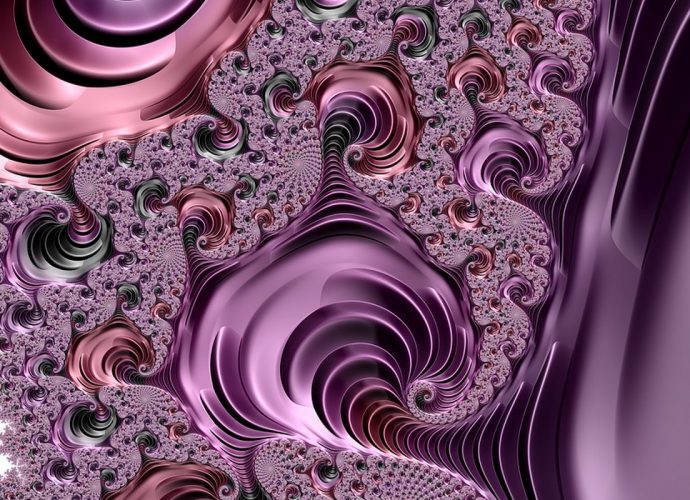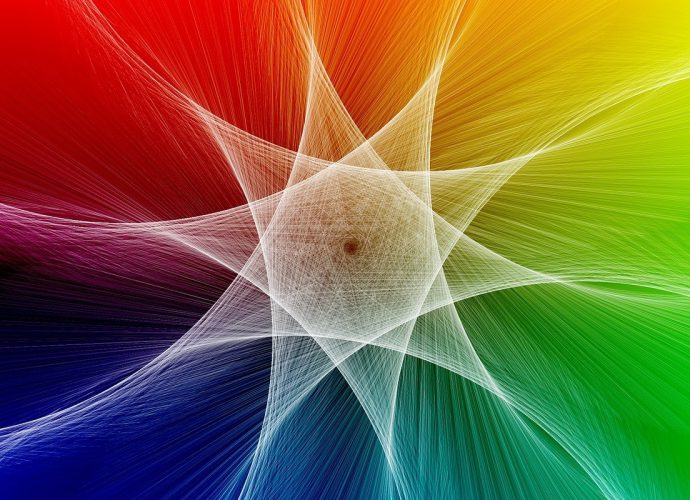Is 10 Hemoglobin Considered Anemic?
A “normal” level of hemoglobin is usually in the range of 14-17gm/dL for men, and 12-15gm/dL for women. However, different laboratories may define the normal range slightly differently. A low hemoglobin level — meaning, it’s below normal — can be used to detect anemia. Is hemoglobin 10.5 normal? According toRead More →






